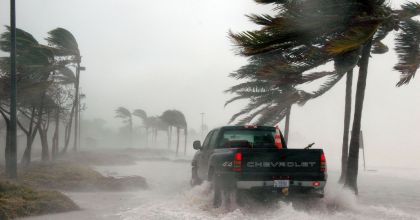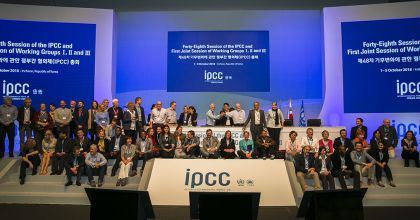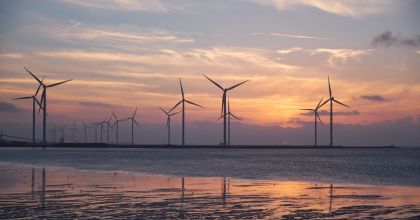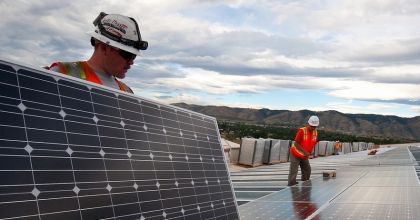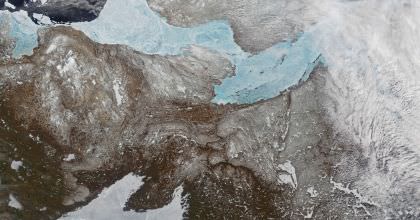NCA4: American Heartland Fact Sheet
The National Climate Assessment finds that global warming is impacting every state in the country, and those in America’s Heartland are no different. The Midwest and Great Plains are seeing hotter temperatures, more intense downpours, flooding, crop damages and other …



